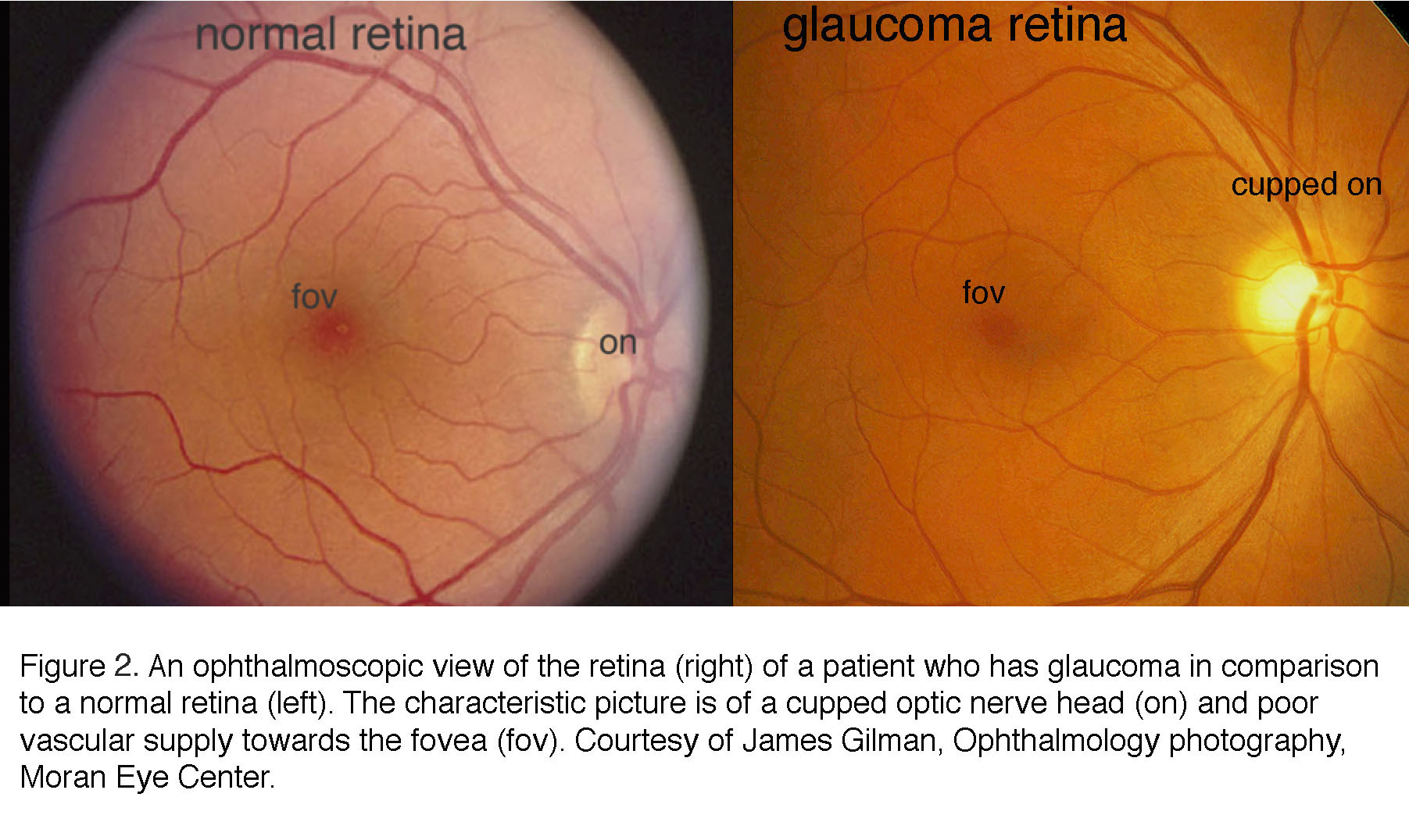Advanced Refractive Surgeries in AL: Very Clear Vision Without Glasses
Comprehending the Different Vision Adjustment Procedures Available for Clearer View
In the realm of vision improvement treatments, a wide range of options exist to attend to refractive errors and supply individuals with more clear view. From the widely recognized LASIK surgery to less invasive procedures like PRK and implantable lenses, the area of ophthalmology offers a series of techniques tailored to match different requirements and choices. Each procedure comes with its own collection of considerations, advantages, and potential risks. Understanding the subtleties of these vision improvement techniques is vital for making informed choices regarding one's aesthetic wellness. Let's explore the details of these treatments and clarified the course to attaining improved vision quality.
LASIK Surgery
LASIK surgical treatment is a common refractive procedure made use of to deal with vision problems such as astigmatism, farsightedness, and nearsightedness. This medical method, which stands for Laser-Assisted in Situ Keratomileusis, aims to reshape the cornea to boost exactly how light is focused on the retina, inevitably boosting vision quality.
One of the main benefits of LASIK surgical treatment is the fast renovation in vision experienced by individuals. Generally, LASIK surgery is a prominent choice for people looking for a long-lasting remedy for their vision troubles.
PRK Treatment
While also a common refractive procedure, the PRK (Photorefractive Keratectomy) technique varies from LASIK surgery in its method to dealing with vision troubles. In PRK, instead of developing a flap on the cornea, the external layer of the cornea, called the epithelium, is completely eliminated. This permits the laser to reshape the cornea to correct refractive errors such as nearsightedness, astigmatism, and farsightedness directly on the surface area.

Despite the longer healing time, PRK can generate outstanding cause vision enhancement, making it a valuable option for those that may not be ideal candidates for LASIK surgical treatment.
Implantable Lenses
As opposed to PRK where the cornea is improved straight, implantable lenses offer an additional method for fixing vision by placing man-made lenses inside the eye. This treatment is specifically valuable for people with high degrees of farsightedness, nearsightedness, or astigmatism who may not be appropriate candidates for laser surgical procedures like LASIK or PRK.
Implantable lenses, also referred to as phakic intraocular lenses, work by supplementing the eye's all-natural lens with an artificial one. refractive surgeries in al. These lenses can be put in front of the all-natural lens (former chamber) or behind the iris and in front of the natural lens (posterior chamber) By readjusting the power and positioning of these lenses, ophthalmologists can effectively deal with refractive mistakes and improve visual acuity
One advantage of implantable lenses is that they are removable and exchangeable, providing flexibility for future changes. As with any medical procedure, there are threats entailed, such as infection or cataract formation. People taking into consideration implantable lenses should talk to an eye treatment professional to figure out one of the most ideal choice based upon their specific demands and eye health.
Corneal Rings
Corneal rings, additionally recognized as intracorneal ring sections, are small, clear devices put right into the cornea to correct vision distortions such as keratoconus. Keratoconus is a problem where the cornea thins and bulges outside, creating vision to become altered. The insertion of corneal rings assists to flatten the cornea, enhancing visual skill and lowering the irregular astigmatism brought on by keratoconus.
The procedure for inserting corneal rings is minimally invasive and reasonably quick, typically carried out as an outpatient treatment. During the surgery, the ophthalmologist makes a tiny laceration in the cornea and inserts the rings at a specific deepness. As soon as in position, the rings directory help to reshape the cornea, supplying a smoother surface area for light to go into the eye, which can cause more clear vision.
Corneal rings are taken into consideration a relatively easy to fix procedure, as they can be eliminated or changed if essential. refractive surgeries in al. While they might not entirely get rid of the need for glasses or call lenses, corneal rings can substantially enhance vision top quality and general aesthetic convenience for individuals with keratoconus or other corneal abnormalities
Refractive Lens Exchange
Following the improvement of corneal abnormalities with procedures like corneal rings, an additional vision adjustment strategy that can attend to refractive mistakes is Refractive Lens Exchange (RLE) RLE is an operation that entails replacing the eye's natural lens with a man-made intraocular lens (IOL) to remedy refractive errors such as farsightedness, nearsightedness, and presbyopia. This treatment is specifically advantageous for people who might not be suitable prospects for procedures like LASIK or PRK due to factors such as thin corneas or high refractive mistakes.

Verdict
In conclusion, there are different vision adjustment procedures offered to help individuals accomplish clearer sight. LASIK surgical procedure, PRK treatment, implantable lenses, corneal rings, and refractive lens exchange are click over here all choices that can deal with different vision issues. It is necessary for people to speak with their eye treatment service provider to identify one of the most ideal treatment based upon their specific requirements and preferences. With advancements in innovation, achieving enhanced vision is now a lot more accessible than ever in the past.
In the realm of vision improvement procedures, a wide range of choices exist to deal with refractive mistakes and supply individuals with clearer view.LASIK surgical procedure is a typical refractive procedure made use of to remedy vision problems such as farsightedness, nearsightedness, and astigmatism.While also a common refractive procedure, the PRK (Photorefractive Keratectomy) strategy differs from LASIK surgical treatment in its method to dealing with vision troubles.Adhering to the correction of corneal abnormalities with treatments like corneal rings, an additional vision correction strategy that Find Out More can attend to refractive errors is Refractive Lens Exchange (RLE) LASIK surgical treatment, PRK procedure, implantable lenses, corneal rings, and refractive lens exchange are all choices that can deal with different vision concerns.